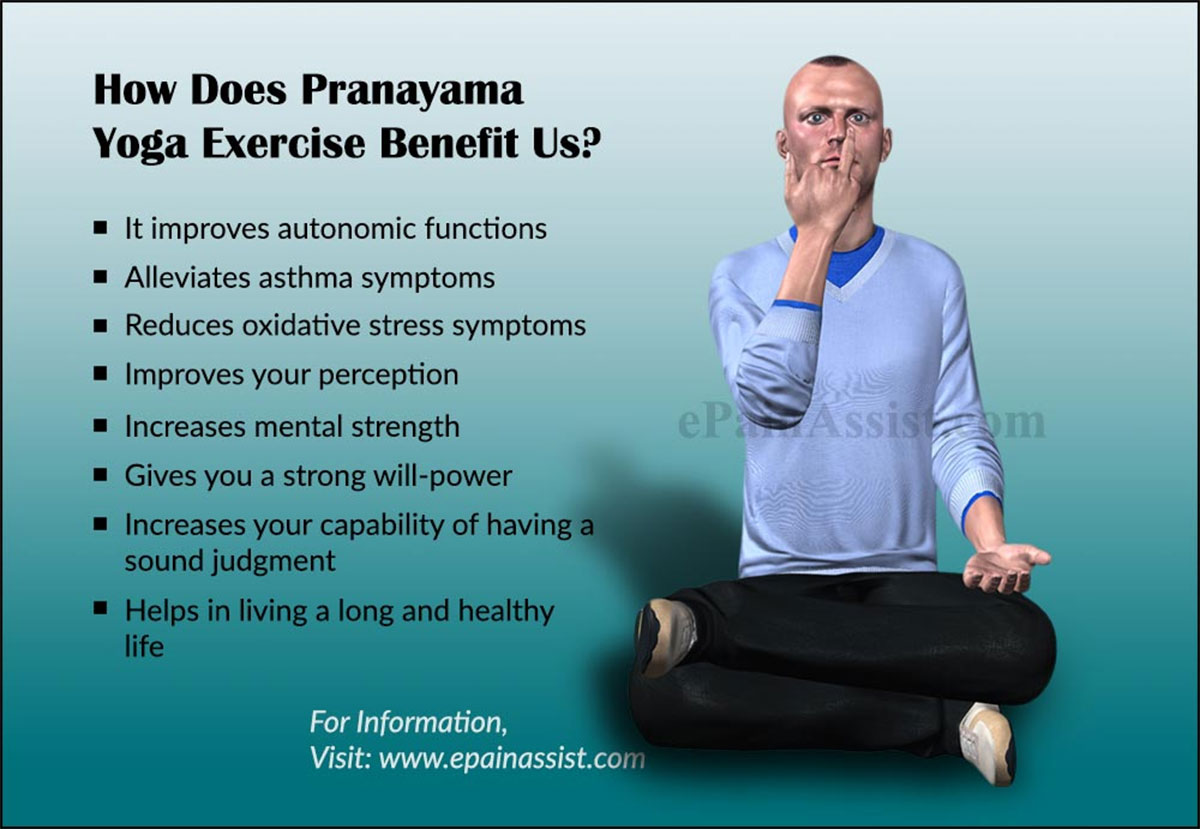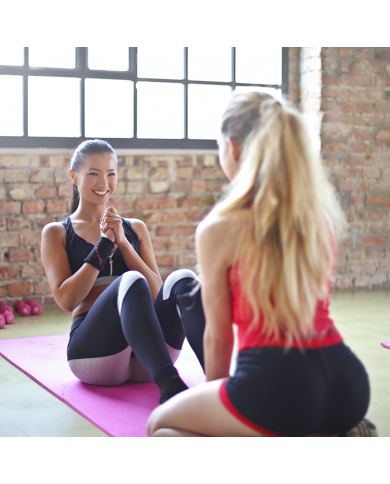
It is a type of yoga that encourages deep relaxation. This style encourages calm and slow movement. During this type of pose, your body will be supported by props that provide a cushion for different body parts. Props can be used to prevent overextension of joints and muscles. They also help to stop the parasympathetic nervous systems from taking control, which can lead to pain. A restorative position is the crown chakra.
A simple way to make your home more comfortable is to shimmy your hips. Simply align your shoulders by bringing your palms to the top. Take a deep inhale and take a deep breath. You can also use a bolster or pillow under your lower back to provide extra support. This pose is great for people who have sore necks and backs. This posture will relieve your pain and increase the quality of your life.

Another restorative position is the seated posture. The seated pose involves squatting against a wall while raising your legs. Relax your body and mind, and take a deep breath. Keep this going for 5-10 minutes, or as much as you wish. Alternate sitting and standing. You can use a blanket, bolster, or other support to assist you in staying seated.
For many, restorative yoga poses can be difficult. Props will help you locate the right position, and allow you to focus on breathing. They can help you experience a state that is similar to meditation. Practicing restorative poses is particularly beneficial for people with joint problems, back injuries, or chronic pain. These exercises offer many benefits that are well worth your effort. These techniques can help you relax and feel more calm.
It is a great way for you to relax after a long work day. They are also a great way to relax after a hectic day. You can practice these poses in a studio, on your own, or wherever you like. Whatever your preference, restorative pose can be a wonderful way to unwind at the end of a tiring day. And since they're not meditative, they don't require any specific physical effort.

These poses can help you relax your body and mind. These poses help to heal stress and disease by allowing the body to reset and open itself. These poses can also help you feel more flexible. For a great yoga class, choose a course that teaches restorative poses. They will not only help you feel better after practicing these poses, but they will also improve your overall health.
FAQ
What's the problem with BMI?
BMI stands to Body Mass Index. It is a measurement of body weight based on height. The following formula can be used to calculate BMI.
Weight in kilograms divided by height in meters squared.
The score is expressed as a number between 0 and 25. Scores between 0 and 25 indicate obesity. A score of 18.5 indicates overweight. A score of 23 indicates obesity.
A person who is 100kg and 1.75m tall will have a BMI 22.
How often do I need to exercise?
Exercise is essential for maintaining a healthy lifestyle. You don't have to exercise for a certain amount of time. It is important to find something that you enjoy and stay with it.
If you work out three times a week, then aim to complete 20-30 minutes of moderate intensity physical activity. Moderate intensity is when you still have to breathe hard after the workout. This type of exercise burns approximately 300 calories.
Walking is a great option if you are a keen walker. You can do 10-minute walks four days per week. Walking is low impact and easy on your joints.
Jogging is an alternative to running. You can do it for as little as 15 minutes each day. Running is a great exercise to build muscle tone and burn excess calories.
You can start slow if you're new to exercise. Begin by only doing 5 minutes of cardio five times per week. Gradually increase the duration until you reach your goal.
How to measure body weight?
A Body Fat Analyzer (BFA) is the best method to measure bodyfat. These devices are used for measuring the percentage of body fat in people who want to lose weight.
What's the difference between a virus & a bacterium?
A virus is a microscopic organism that cannot reproduce outside its host cell. A bacterium, a single-celled organism, reproduces by splitting into two. Viruses measure only 20 nanometers in diameter, but bacteria is up to 1 millimeter in size.
Viruses are often spread through contact of infected bodily fluids like saliva, urine or semen. Bacteria is usually spread directly from surfaces or objects contaminated with bacteria.
Viruses may enter the body through cuts, scrapes. bites, or any other break in the skin. They may also enter through the nose, mouth, eyes, ears, vagina, rectum , or anus.
Bacteria can be introduced to our bodies by cuts, scrapes or burns. They can also be introduced to our bodies by food, water and soil.
Both bacteria and viruses cause illness. But viruses do not have the ability to multiply within their hosts. They only cause disease when they infect living tissue.
Bacteria can spread within the host and cause illness. They can even invade other parts of the body. They can even invade other parts of the body, which is why antibiotics are necessary to eradicate them.
What is the most healthful lifestyle?
Healthy lifestyles include eating healthy food, regular exercise, good sleep, and avoiding stress. This will ensure that you live a long healthy life.
Small changes to your diet or exercise routine can help you start losing weight. If you're looking to lose weight, walk for 30 minutes each morning. For more activity, you can try swimming or dancing. A Fitbit or Strava online program that tracks your activity can be joined.
What does it take to make an antibiotic work?
Antibiotics are medications that kill harmful bacteria. Antibiotics are used to treat bacterial infections. There are many kinds of antibiotics. Some are taken orally, some are injected, and others are applied topically.
People who have been exposed may be prescribed antibiotics. To prevent shingles, an oral antibiotic may be prescribed to someone who has had chicken pox. A penicillin injection might be given to prevent pneumonia in someone who has had strep.
Doctors should prescribe antibiotics to children. Children are more susceptible to side effects from antibiotics than adults.
Diarrhea, the most common side-effect of antibiotics, is probably diarrhea. Other possible side effects include diarrhea, nausea and vomiting, allergy reactions, dizziness, dizziness, stomach cramps, nausea, vomiting or allergic reactions. Most of these symptoms disappear after the treatment is completed.
What should I eat?
Take in lots of fruits and veggies. They provide vitamins and minerals to keep your immune system strong. They are also rich in fiber, which is good for digestion and makes fruits and vegetables filling. You should eat at least five servings per day of fruit or veg.
Get plenty of water. Water flushes out toxins and helps you feel full between meals. Drink about eight glasses each day.
Refined grains should be replaced with whole grains. Whole grains are rich in nutrients such as iron, zinc and magnesium. Some nutrients have been removed from refined grains.
Sugary drinks should be avoided. Sugary drinks can be a source of empty calories, which can lead to obesity. Instead, drink water, milk, or unsweetened Tea.
Avoid fast food. Fast food lacks nutritional value. While it might taste good, it won't give your body the energy it needs to function properly. Use healthier options, such as soups, sandwiches, salads, and pasta.
Limit your alcohol consumption. Alcohol is a poor nutrient and has empty calories. Limit the number of alcoholic beverages you consume per week to no more that two.
Red meat consumption should be reduced. Red meats have high levels of cholesterol and saturated fat. Opt for lean cuts of beef, pork, lamb, chicken, fish, and turkey instead.
Statistics
- According to the Physical Activity Guidelines for Americans, we should strive for at least 150 minutes of moderate intensity activity each week (54Trusted Source Smoking, harmful use of drugs, and alcohol abuse can all seriously negatively affect your health. (healthline.com)
- nutrients.[17]X Research sourceWhole grains to try include: 100% whole wheat pasta and bread, brown rice, whole grain oats, farro, millet, quinoa, and barley. (wikihow.com)
- WHO recommends reducing saturated fats to less than 10% of total energy intake; reducing trans-fats to less than 1% of total energy intake; and replacing both saturated fats and trans-fats to unsaturated fats. (who.int)
- Extra virgin olive oil may benefit heart health, as people who consume it have a lower risk for dying from heart attacks and strokes according to some evidence (57Trusted Source (healthline.com)
External Links
How To
How to keep motivated to stick with healthy eating and exercise
Motivation tips for staying healthy
Motivational Tips To Stay Healthy
-
Make a list of your goals
-
Set realistic goals
-
Be consistent
-
Reward yourself for reaching your goal
-
If you fail the first time, don't lose heart
-
Have fun